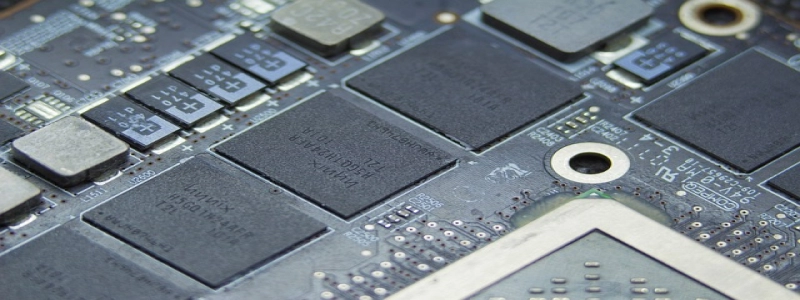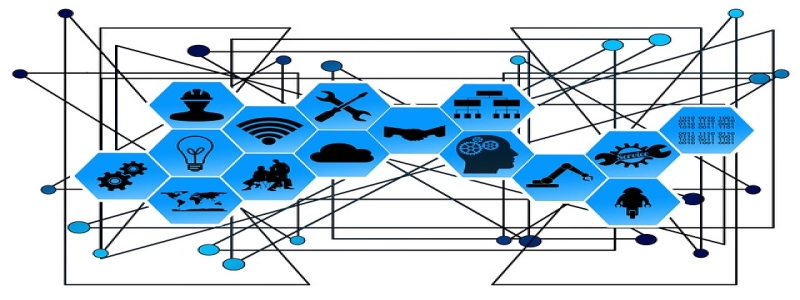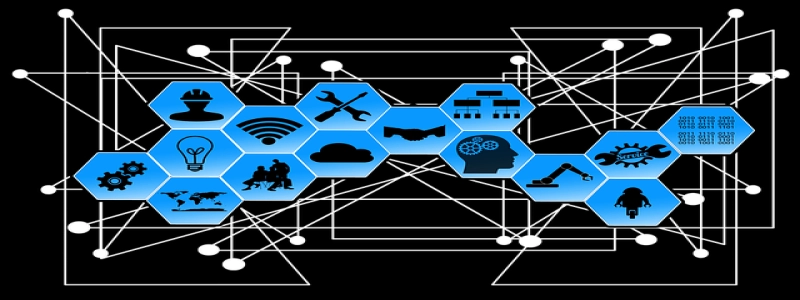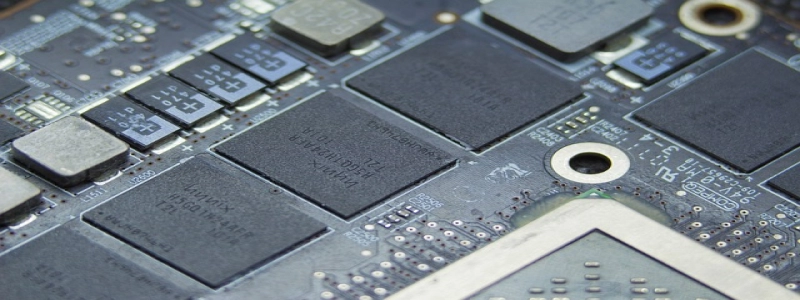Fibre Ethernet
Introduction:
Fibre Ethernet is a high-speed internet service that provides connectivity using optical fibre technology. This advanced networking solution offers faster and more reliable internet access for both residential and business users. In this article, we will explore the benefits and features of fibre Ethernet in detail.
I. What is Fibre Ethernet?
Fibre Ethernet is a type of internet connection that uses optical fibre cables to transmit data. Unlike traditional copper-based Ethernet connections, fibre Ethernet utilizes beams of light to carry information, resulting in faster and more efficient data transmission. This technology is commonly used in areas where high-speed internet is crucial, such as data centers, offices, and homes with heavy internet usage.
II. Key Features of Fibre Ethernet:
1. Speed: Fibre Ethernet provides ultra-fast internet speeds, with most providers offering symmetrical upload and download speeds. This means that users can send and receive data at the same high-speed, resulting in a seamless browsing and downloading experience.
2. Reliability: The use of fibre optic cables makes the connection highly reliable, as they are less prone to interference from electrical equipment or environmental factors. This ensures a stable and consistent internet connection, even during peak usage times.
3. Low Latency: Fibre Ethernet offers low latency, which refers to the time it takes for data to travel between two points. This low latency is essential for activities that require real-time communication, such as online gaming, video conferencing, and cloud-based applications. With fibre Ethernet, users can enjoy lag-free experiences and smooth online interactions.
4. Scalability: Fibre Ethernet can easily accommodate growing bandwidth needs. As businesses and homes increasingly rely on data-intensive applications, this scalability allows for seamless upgrades without significant disruptions to the existing infrastructure.
5. Security: Fibre Ethernet offers enhanced security compared to traditional copper-based connections. It is more difficult to tap or intercept data transmitted over fibre optic cables, making it a preferred choice for businesses and organizations that handle sensitive information.
III. Benefits of Fibre Ethernet:
1. Faster Downloads and Uploads: With high-speed symmetrical connections, users can upload and download large files much faster than with traditional internet connections. This enables efficient sharing of data and seamless cloud backups.
2. Improved Productivity: Faster and more reliable internet allows businesses to work more efficiently. Employees can access cloud-based applications, collaborate in real-time, and transfer large files without delays. This leads to increased productivity and reduced downtime.
3. Enhanced User Experience: Fibre Ethernet provides a smoother and more enjoyable internet experience, especially for activities such as streaming high-definition videos, online gaming, and video conferencing. With reduced buffering and lag, users can fully immerse themselves in these online activities.
4. Future-Proof Technology: As internet usage continues to grow rapidly, fibre Ethernet is considered a future-proof technology. It can handle increasing bandwidth demands and support emerging technologies such as virtual reality, augmented reality, and Internet of Things (IoT) devices.
Conclusion:
Fibre Ethernet offers significant advantages over traditional internet connections. Its speed, reliability, low latency, scalability, security, and various other features make it an ideal choice for both residential and business users. By leveraging the power of fibre optic cables, fibre Ethernet provides a fast and stable internet connection that meets the growing demands of today’s digital world.








